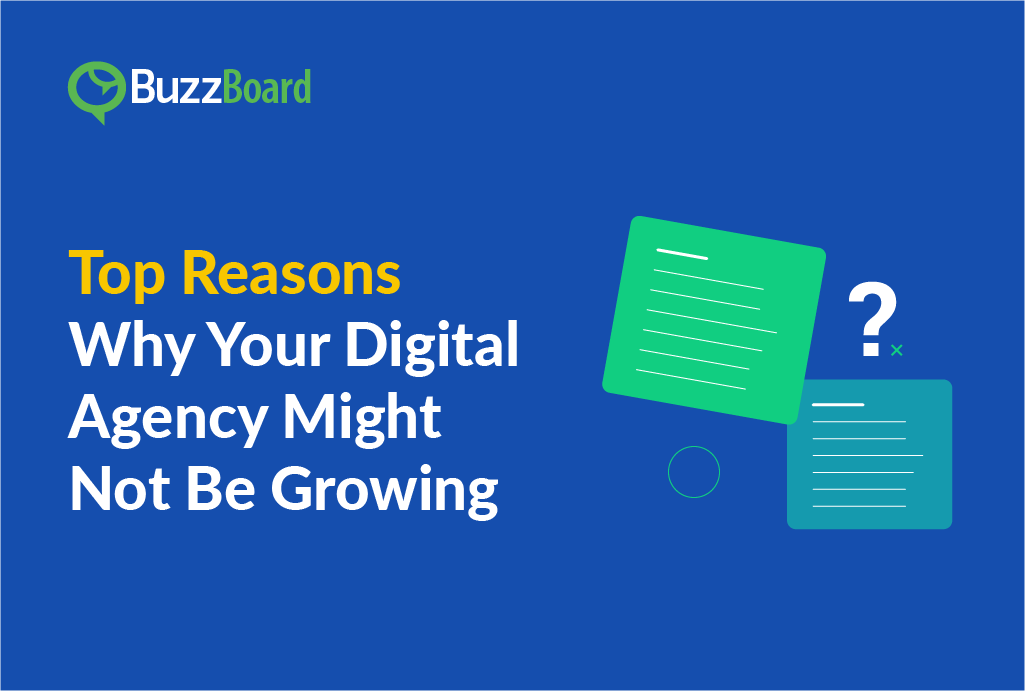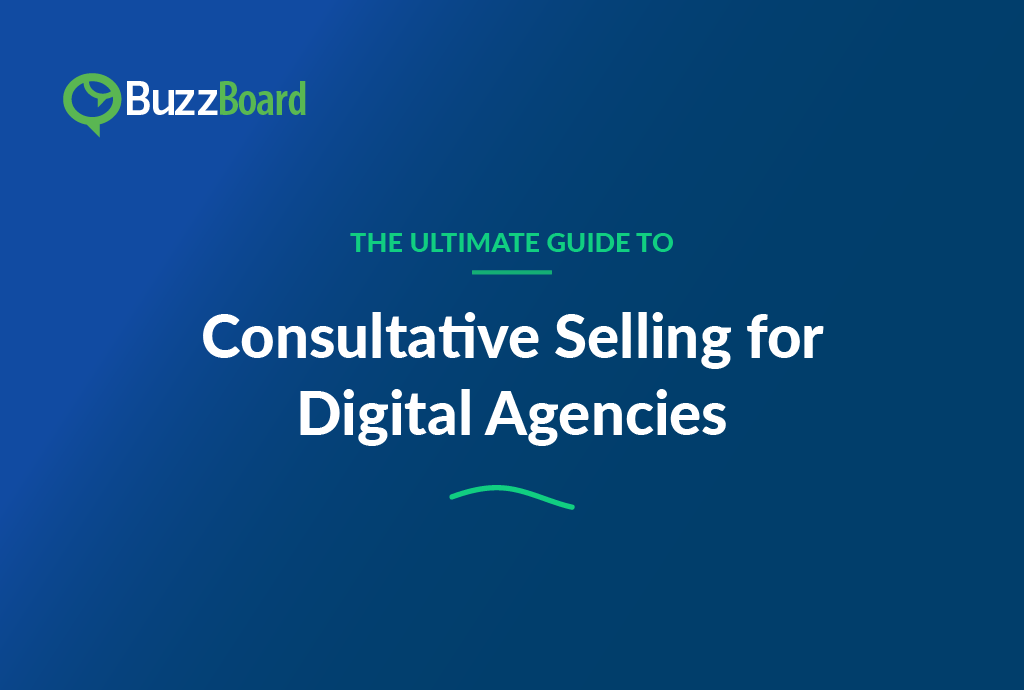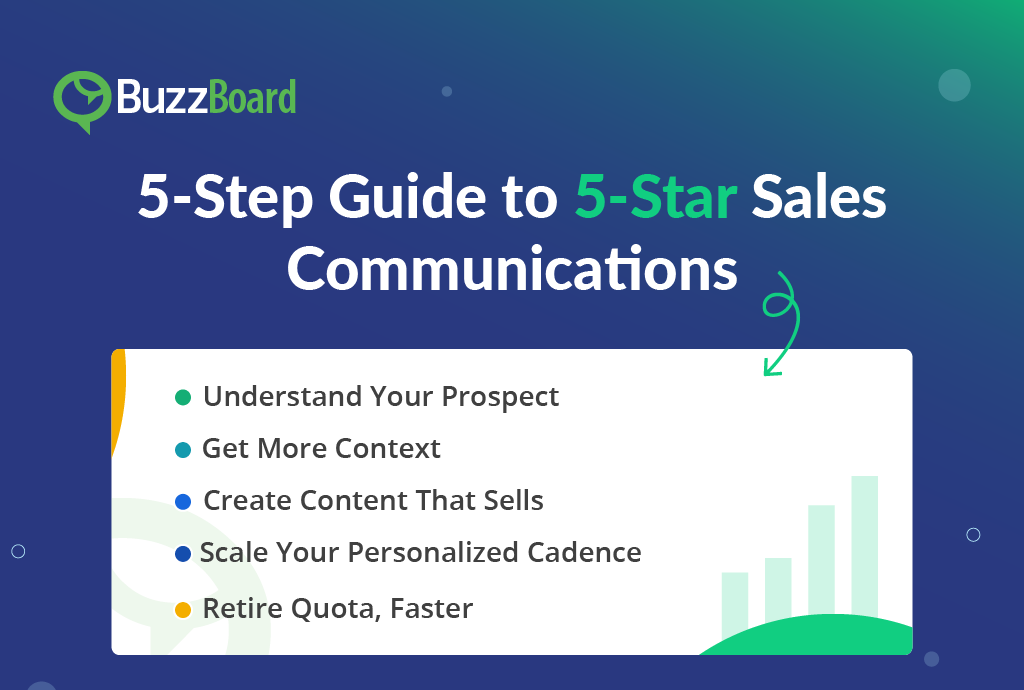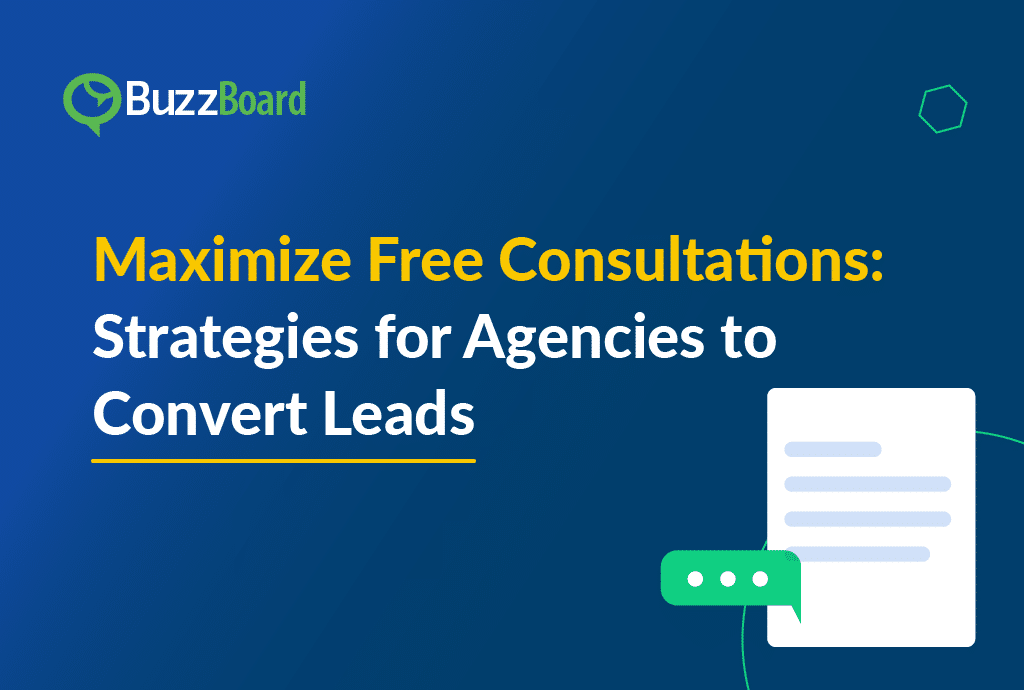Growth. All agencies want it yet so few truly achieve it in a sustainable way. Why is that? Year after year you pour your blood, sweat, and tears into your digital agency only to find yourselves running faster just to stand still. Sales flatten. Opportunities fizzle. Talent leaves. What gives?
The fact is growth doesn’t happen by accident. It requires forethought, strategy, and flawless execution across key drivers, like your brand positioning and pipeline. Day-to-day fires demand attention while strategic growth initiatives linger on the backburner, stalling out your ability to scale.
We reflect on some key reasons agencies struggle to gain traction and show you how to turn these growth barriers into breakout opportunities. So pull up a seat and let’s get to the bottom of what’s stopping your digital agency’s growth, once and for all.
Lack of Long-term Vision
A narrow focus on short-term gains often obscures the broader picture. As a result, agencies risk getting entangled in the daily grind, losing sight of the grander objectives that fuel sustainable growth. While this may yield immediate successes, it’s often vulnerable to the slightest breeze of market changes or evolving consumer preferences. Consequently, leaders find themselves in a frustrating comparison game as other agencies blow past them.
What’s worse is sometimes agencies are not only plagued by foresight deficiency but also disunity. Absence of a shared vision can cast a shadow over the agency’s potential, impacting internal operations and productivity. The lack of dissociated vision resonates profoundly in client interactions and service delivery. While creativity is supposed to be the backbone of a digital agency, this lack of alignment stifles it along with the ability to make swift progress!
Inadequately Structured Sales Funnel Becoming a Barrier
A weak sales funnel reverberates internally, affecting not only client acquisition but also resource allocation, forecasting, and overall strategic planning. It limits the agency’s ability to forecast accurately, hindering the planning of future growth initiatives.
In case a digital agency’s development metrics are standing still or rather dropping down, chances are, its sales funnel more closely resembles a leaky bucket. Try looking for the symptoms, like suspects falling out early at the awareness stage, never to return or promising prospects turning cold on the vine as stalled follow-up loses their interest. And there could be more, including deals once thought solid unexpectedly slipping away to ‘no decision’; win rates barely outpacing loss rates, leaving revenue stuck in neutral.
The ripple effects slowly strangulate the business. New business leaders burn out chasing dead end leads instead of nurturing prime prospects. Some scratch their heads wondering why early growth has stalled out. Meanwhile, competitors with focused prospect profiles, systematic nurture and air-tight closure processes lap agencies with ‘leaky buckets’ quarter after quarter.
To be precise, many agencies are still entangled in hyper-standardization while high-performing teams have already switched to sales-focused hyper-personalization. Gen AI-powered sales tools act as the new means for germinating customer relationships through analyzing an ocean of data, recommending prospects, drafting strategies, and crafting powerful contracts that convert into new deals!
Failing to Adapt to the Changing Rhythms of Technology
The digital realm is a canvas where trends evolve, algorithms get stronger, and consumer behaviors metamorphose. In this whirlwind of change, stagnation becomes a harbinger of decline. Agencies that fail to ride the crest of technological innovation risk falling behind. Take mobile, social media, AR/VR for example. It wasn’t long ago these were nascent technologies, now they are integral to experiences, essential to results.
Fact is, as most agencies fail to keep pace, they cling to the same old strategies, services, and systems while the world evolves rapidly around them. In the age of generative AI-driven sales and marketing, it’s not uncommon to hear agencies pitch social media campaigns straight out of 2015 or see project teams collaborate using messy, templatized, and ineffective bulk email chains.
Over time, the costs of failing to adapt to changing technology stack up. First opportunities slow then revenue stalls. Prospects pass over stale agency pitches for ‘more innovative’ shops. Employees’ hunger to work on cutting-edge tech is not met. Top performers leave, exacerbating skill gaps. Competitors leverage the newest advances to steal away clients and talent. Slowly but surely that shiny innovative agency loses its shine.
Not Recognizing and Responding to the Market Shifts
Consumer behaviors evolve. Economic forces fluctuate. Regulations change. Industries converge. Underlying market dynamics that agencies have built their business upon start to shift. But before most of them notice the signs, the foundation beneath cracks!
The recent years have been tough on marketers. Rising trends of remote and hybrid work culture, collaborative technologies, data unification, customer-first approaches, real-time engagements have revolutionized marketing tactics as well as roles. Marketers of today unanimously agree that meeting customer expectations is more difficult than a year ago.
The consequence of overlooking market shifts reverberates across an agency’s aspirations—missed opportunities, shrinking share of wallet, and a gradual erosion of relevance in an environment where adaptability is the currency of success.
Obsession with Revenue Generation Causing Disconnect from Client Aspirations
When revenue becomes the sole focus, agencies risk losing sight of the fundamental essence of its existence: serving clients. Do note, selling misaligned solution bundles for revenue gains erodes trust and satisfaction. And, that’s only the tip of the iceberg! This revenue-centric mindset also permeates an agency’s internal culture and operations. It might lead to a discord in priorities, where employee focus shifts from delivering exceptional value to meeting revenue quotas, potentially compromising service quality and innovation.
Let’s get one thing straight—agencies’ foremost duty is to help map out the journey for clients’ market. They are hired to uncover points of friction, moments of delight and gaps to stitch a complete experience. Content, outreach, and conversion support smooths the path while automation and analytics track KPIs. Post-sale, agencies must stay tightly integrated providing continual optimization, expansion testing, and journey evolution support. This cradle-to-grave partnership earns immense client trust and satisfaction. It also pays off handsomely in agency growth.
Clearly, the imbalance between revenue generation and client-centricity doesn’t just hinder growth but also undermines the agency’s credibility. Taking a consultative, needs-based approach to meeting clients’ aspirations gives agencies the ultimate currency to foster long-term viability in a competitive market.
In conclusion, these barriers aren’t mere roadblocks; they are mirrors reflecting the need for resilience, innovation, and a holistic approach. A stagnant sales funnel, an oversight of market shifts, or an obsession with revenue over client needs—each represents a call to recalibrate, to realign with the core essence of agency success.
The journey toward unlocking the agency’s full potential isn’t a linear path; it’s a dynamic expedition.The future is expansive, and it is for those who dare to confront the challenges, rewrite the narratives—ushering in an era where the agency etches its mark as an industry trailblazer.
Read how to leverage BuzzBoard for digital agency growth.








